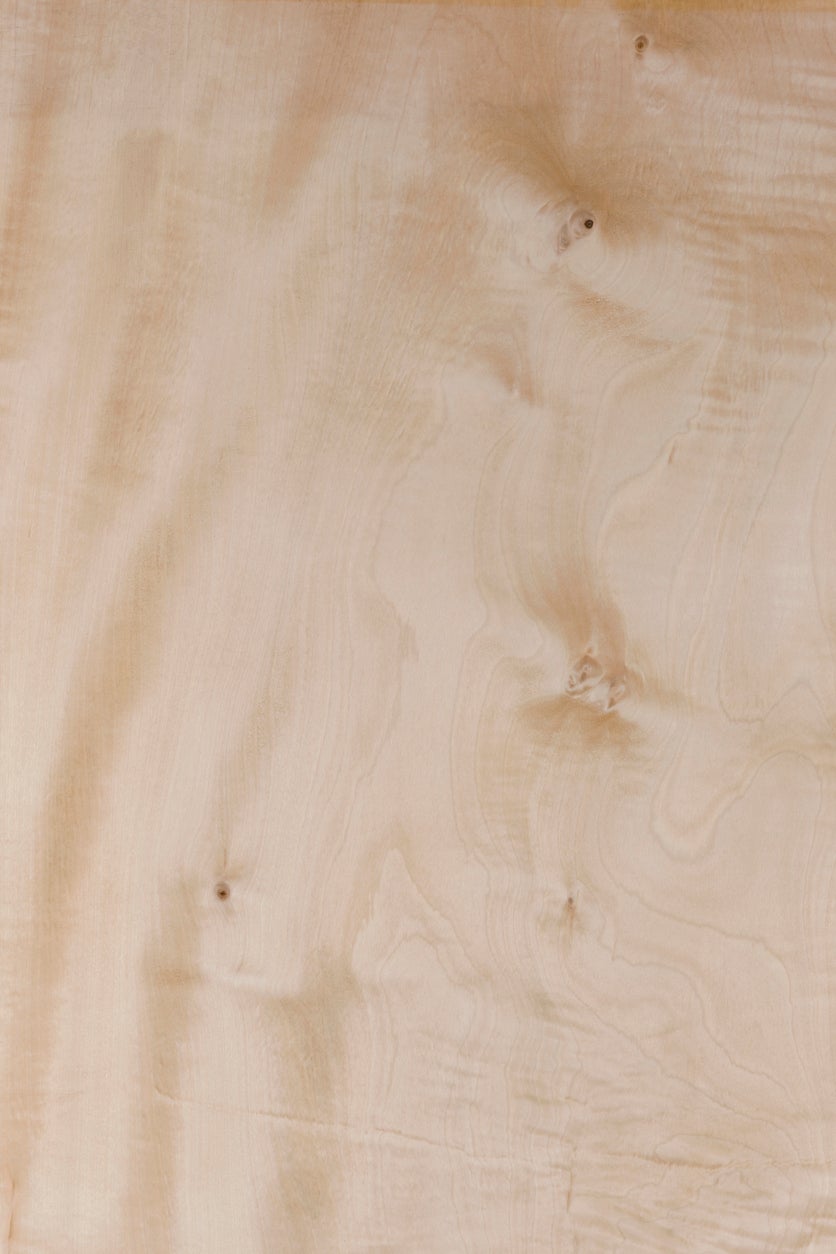Uses For Horse Chestnut Wood – Building With Horse Chestnut Trees


Horse chestnut trees are common in the U.S. but are also found in Europe and Japan. These are prized ornamental trees and not always associated with woodworking. Building with horse chestnut lumber isn’t common because it is a weaker wood compared to others, and it doesn’t resist rot well. Yet, with its pretty, creamy color and other desirable characteristics, there are some uses for horse chestnut in woodworking and turning.
About Horse Chestnut Wood
There are several varieties of horse chestnut tree, including several types of buckeye native to the U.S. Horse chestnut is also native too parts of Europe and the Japanese horse chestnut, of course, is native to Japan. In landscaping, horse chestnut is prized for its quick growth, ornamental shape, large and distinctive leaves, and striking spikes of flowers that emerge in spring.
The wood of the horse chestnut is an attractive, light, creamy color. The color may vary a little depending on when the tree was felled. It may be whiter when cut in the winter and more yellow when felled later in the year. Japanese horse chestnut heartwood is usually a little darker than that of other varieties. It can also have a wavier grain that makes it desirable for veneers.
Horse chestnut wood is fine-grained. It is also soft, which makes woodworking with horse chestnut easy. Although some wood workers do not prefer it because of the wood’s low density. This can give it a fuzzy texture on the worked surfaces.
Uses for Horse Chestnut Wood
Horse chestnut for building and construction is not typically advised. The wood is not very strong and it absorbs moisture, so it has pretty poor resistance to decay. However, the ease of working with the wood does make it desirable for some uses such as:
- Turning
- Carving
- Veneer
- Cabinets
- Trim
- Plywood
- Some furniture
Horse chestnut lumber and wood is specifically prized for turning bowls or other storage pieces for fruit. The wood’s ability to absorb moisture helps keep stored fruit longer. Some other turned or worked items that horse chestnut is commonly used for includes racket grips, broom handles, kitchen utensils, boxes, and toys.
Sign up for the Gardening Know How newsletter today and receive a free copy of our e-book "How to Grow Delicious Tomatoes".

Mary Ellen Ellis has been gardening for over 20 years. With degrees in Chemistry and Biology, Mary Ellen's specialties are flowers, native plants, and herbs.